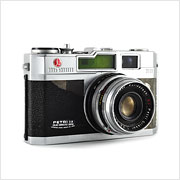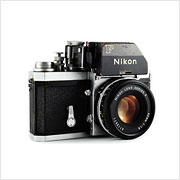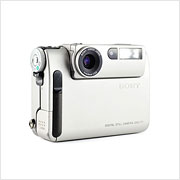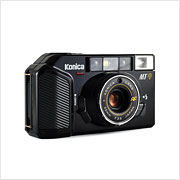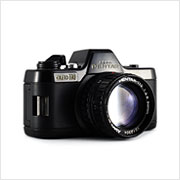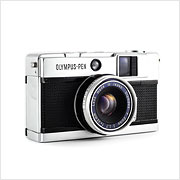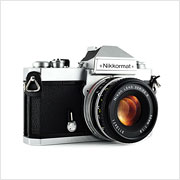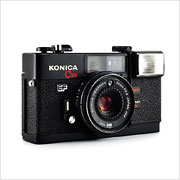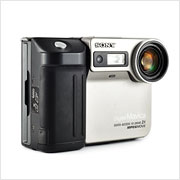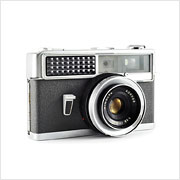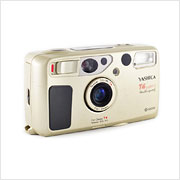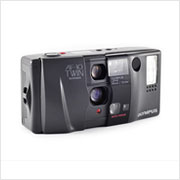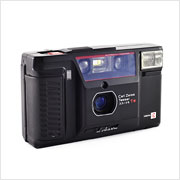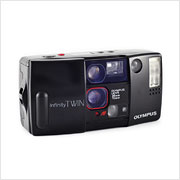Kuribayashi Petri 2.8 Color Super
The Kuribayashi Petri 2.8 Color Super is a fixed-lens rangefinder produced by Kuribayashi Shashin Kogyo K.K.. Confusingly, there doesn’t seem to be an “official” model number for this camera as it’s just one of many ambiguously named fixed-lens rangefinders made by Kuribayashi in the late ’50s and early ’60s. However, the well-known McKeown’s Price Guide To Antique & Classic Cameras identifies this particular model as the “Petri 2.8 Color Super” so, for simplicity’s sake, that’s what I’m going to call it here.

